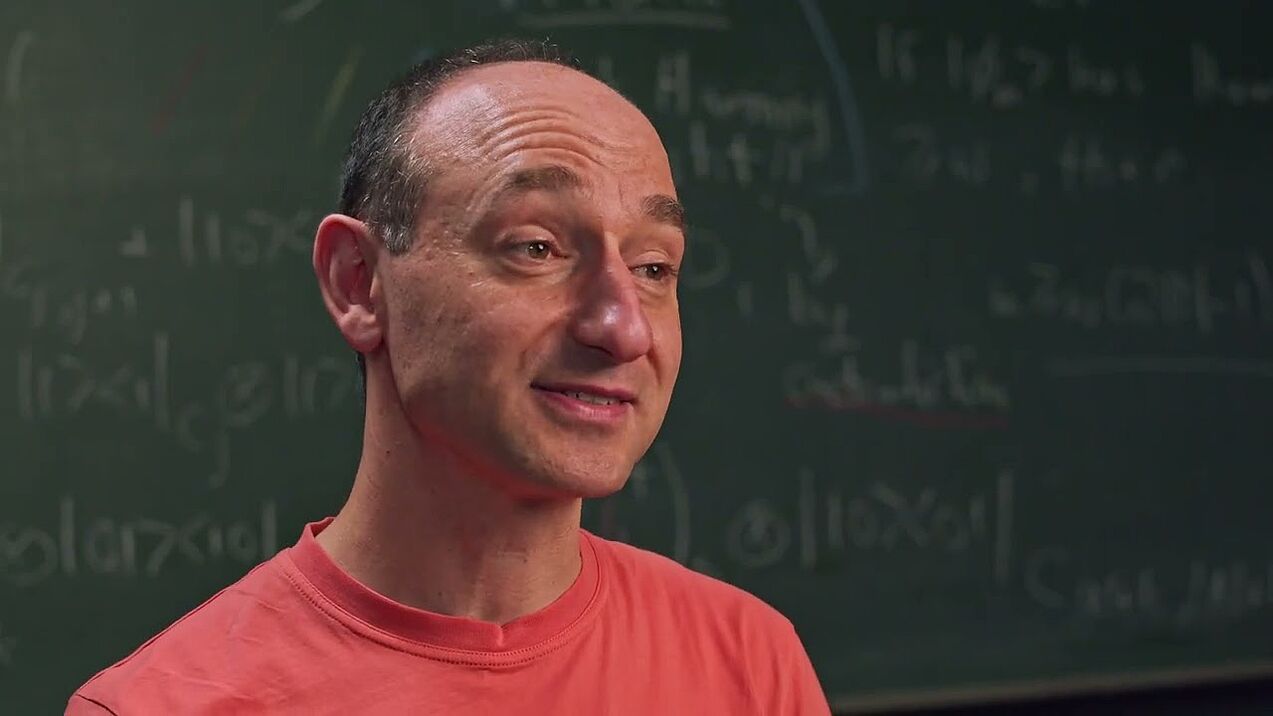Quantum computers and supercomputers in research
Quantum research produces incredible technologies and pushes boundaries that were once insurmountable. The potential of quantum computing, a major goal of these research activities, is immense. These computers can be used in areas such as the natural sciences, for example to analyse the atomic structure of materials or molecules. Simulations are indispensable in this and many other areas of science. But what are the benefits of quantum computing compared with current high-performance computers? What are their limits and how can the two be advantageously combined?
Large-scale numerical modelling, i.e. simulation using high-performance computing and supercomputing, has been offering deep insights into complex systems for some time. Associated numerical experiments are often key to scientific breakthroughs in areas such as drug and climate research or energy generation. To comprehensively tap the full potential of modern computing systems, Paderborn’s researchers are seeking to establish a hybrid model that combines quantum computing and supercomputing. This is a new approach that offers a range of benefits. As information processing happens in parallel, i.e. tasks are distributed and processed simultaneously, it can be completed more quickly. Parallel structures are available for this, each looking after an individual work package. However, this research is in its infancy.
Prof Dr Sevag Gharibian, expert in quantum informatics, explains the current state of research in quantum computing
Paderborn University, thanks to its expertise in both quantum physics and high-performance computing (HPC), is ideally positioned to research the areas mentioned above. With its HPC centre and the supercomputer ‘Noctua 2’, it belongs to the National High Performance Computing Alliance and offers exceptional infrastructure for its own researchers and others across the country. For example, Paderborn’s researchers recently became the first group in the world to successfully break through the computational power barrier of an ‘exaflop’ – more than a trillion floating-point operations per second – for use in the computational sciences. This set a new world record.
High-performance computing, like quantum computing, is used to research the physical fundamentals of quantum states. Quantum states are also used to enable faster and faster computing. Given this, it can by no means be assumed that one discipline would aid the other. On the contrary: on the one hand, computing capacity plays a key role when it comes to analysing quantum systems (which is where quantum computers and/or HPC systems are used), whilst on the other hand, it is the quantum systems themselves that enable complex calculations to be completed. In short: traditional computers can be used to explore quantum systems, and quantum computers can be used to solve traditional computational problems. Exploiting this interplay is a key area of research at Paderborn.
Physicists, computer scientists, mathematicians and engineers at Paderborn University are therefore working closely together to accelerate information processing of and with quantum systems. Using simulations and specific implementations of photonic quantum systems, they are well on their way to achieving important process in a variety of areas.

